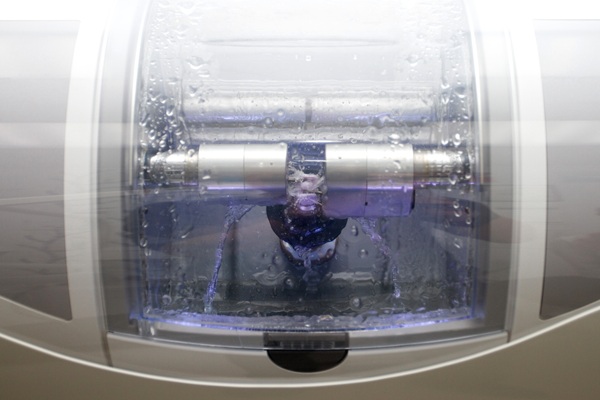If your are coming in or are already impacted, you should talk to your dentist about removing them. Many patients have them extracted to avoid oral health problems such as infections or cysts. Gum disease is also common for people whose wisdom teeth are impacted. It is important for you to understand why this happens and what you can do to prevent the condition. In many cases, removing the teeth is the right solution.
Understanding gum disease
Gum disease is one of the most common dental conditions that dentists diagnose and treat. It can occur in patients of all ages. This infection damages the gums and can eventually lead to tooth loss and bone loss if not treated. It develops as sticky plaque hardens on teeth and at the gumline, forming tartar. The bacteria from this substance can destroy the enamel layer and the soft tissue of the mouth.
Gum disease is characterized by swollen, red gums. The gums can become red and even bleed while the person is eating or brushing. Gum disease occurs due to a lack of proper or consistent brushing and flossing. To treat it, the dentist will scrape away tartar from the teeth and gumline. A process called gum contouring, where the dentist removes excess gums, may also be effective.
Wisdom teeth and problems they cause
Also known as the third set of molars, these teeth erupt in the back of the mouth. The teeth normally impact between the ages of 17 to 25. Often, there are four of these teeth, but some people may have three, two, one, or none at all. The third molars do not typically have a lot of room, so there can be overcrowding, causing issues with existing teeth. It is also difficult to reach these teeth with floss and a toothbrush. Effective oral hygiene is also challenging because the teeth often come in at odd angles.
Difficult to keep up with brushing and flossing
The most effective way to prevent gum disease is to floss daily and brush at least twice a day. These activities will remove food particles, keeping bacteria from developing. This will also slow down the growth of plaque or tartar. Because wisdom teeth are hard to reach, many patients neglect taking care of them. It can also be difficult to brush these teeth well because they are misshapen and misaligned.
The effects
Without proper oral hygiene habits, impacted wisdom teeth can go hand in hand with gum disease. The gums around these teeth can swell and become inflamed. There may also be tooth pain in this region. The patient may have headaches, difficulty chewing and swallowing, and may have a pus discharge.
Check out what others are saying about our dental services on Yelp:
Combat gum disease now
If you have impacted wisdom teeth, chances are higher that you will develop gum disease. Keep an eye on the signs and symptoms of this condition. It may be the right time to discuss removing these teeth. Your dentist can also provide relief through various treatments.
or call Aesthetic Dentistry of Noe Valley at 415-493-9143 for an appointment in our San Francisco office.
Related Posts
Wisdom teeth cannot fit in the mouth. Four of your adult teeth are wisdom teeth. These teeth erupt after the second molars are already set in the back of the mouth. Because of this, wisdom teeth do not erupt the right way. Some of them cannot even break through the gums. If you want to…
Dentists regularly field questions about wisdom teeth from patients and young patients’ parents. If you are approaching the age when extracting these teeth is common, you may be curious as well. There are a lot of reasons why dental professionals recommend removing these molars. As you understand more about these teeth, you may realize why…
There are numerous reasons why dental professionals recommend wisdom teeth extraction, and one is to prevent teeth misalignment. Wisdom teeth are the third molars located in the lower and upper parts of the jaw, behind the other molars on both sides. The teeth generally appear years after the other permanent teeth have come up. In…


